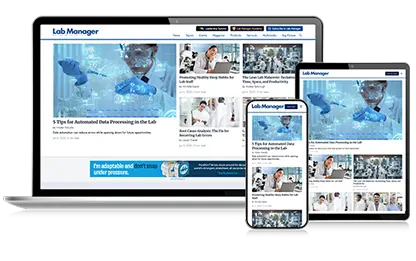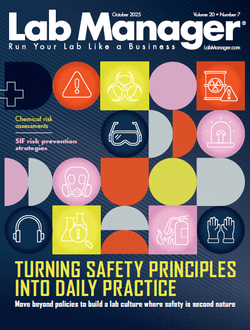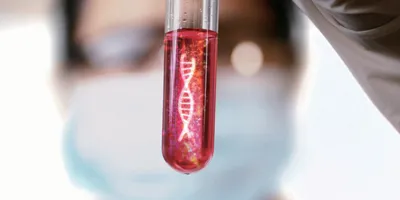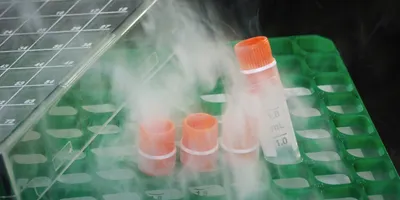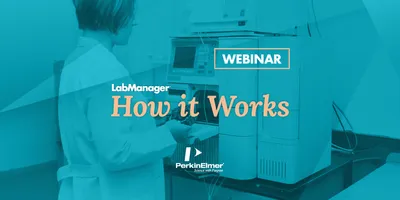Specialty gases have become critical components for nearly every industry, including chemicals, biotechnology, materials processing, environmental, foods, semiconductors, and medical. Defining the term “specialty gas” seems simple at first. But after considering the numerous ways specialty gases might differ from their commodity counterparts, it becomes tempting to apply the aphorism “I can’t define it, but I know it when I see it.”
Bob Jefferys, marketing communications director for Air Liquide America Specialty Gases (Plumsteadville, PA), applies what is arguably the number one differentiator. “Specialty gases are very high-purity products consisting of single gases, up to mixtures of fifty or more individual components,” says Jefferys. “And they tend to be a lot more expensive than run-of-the-mill industrial gases.”
Air Liquide sells large quantities of specialty gases to environmental markets as standards for instrument calibration (e.g., continuous emission monitoring of sulfur dioxide and nitrogen oxides) and to process industries for instrumentation and manufacturing. For example, high-purity helium is employed as the mobile phase for gas chromatography. “It’s not the same product you’d use to inflate helium balloons at a birthday party,” Jefferys says.
“The definition of ‘specialty gas’ comes up at every training session I conduct,” says Todd Morris, director of laboratory markets at Airgas, Inc. (Radnor, PA). “The basic definition I use is ‘any gas that’s tested for purity after the cylinder is filled.’ That can include pure gases like nitrogen, oxygen, and argon, or custom gas blends. Our customers are purchasing a guarantee of purity and tolerance.”
Airgas has recently invested heavily in cylinder filling and gas analysis technology in order to optimize their blending, filling and analytical processes, and to alleviate concerns surrounding tight tolerances.
Many Airgas products are used in research laboratories, primarily for gas chromatography (GC) applications.
All major gas manufacturers, Airgas included, provide specialty pure gases in several grades, ranging from high purity (99.998% min. purity) to ultra-high purity (99.999% min. purity) to research grade (99.9999% min. purity). Each grade is tested for a defined set of impurities, such as levels of oxygen, moisture, total hydrocarbons, carbon monoxide, nitrogen, and others.
Like commodity gases, specialties are distributed under an unusual economic model: Customers purchase the gas and rent the container (usually a steel or aluminum highpressure cylinder fitted with a heavyduty valve). Depending on the size of the container and the type of gas, the product costs can run from $100 to as much as $3,000. Rental, or “demurrage,” typically amounts to less than a dollar per day per cylinder (Air Liquide charges about thirtyfive cents). While not expensive for a single tank, costs can add up quickly for large companies with hundreds of cylinders. Because gases are often deployed at the laboratory or individual level, large organizations have difficulty keeping track of which cylinders are empty or are no longer in service. Best-in-class specialty gas companies send out periodic e-mail messages or other reminders for customers to check their gas inventories.
In addition to the standard gas-in-atank model, some manufacturers sell smaller quantities of unpressurized specialty gases in single-use containers. These products are suitable for fieldwork or tight spaces where carrying a large, high-pressure cylinder is impractical.
Differentiators
Two main factors enter into specialty gas purchase decisions: price and quality. “If you’re a purchasing agent, you tend to commoditize everything, so price is the main factor,” Jefferys observes. “But if you depend on the gas to do your job and to provide the best possible results, then quality is your primary concern.” For gases, “quality” means some desirable combination of purity and mixture accuracy. Companies that must report to regulatory authorities (particularly in pharmaceutical and environmental markets) tend to specify the most reliable, highest-quality gases that can be traced backward to their manufacturer.
For each end use, the grade required is entirely customer-driven. “The first thing we ask when a customer specifies a pure gas is which impurities will adversely affect their application,” notes Morris of Airgas. “Once that is understood, it is relatively straightforward to set the customer up with the appropriate gas.” For gas mixtures, it is also necessary to verify the customer’s tolerance requirements. Gas mixtures can take two weeks or longer to manufacture, analyze and ship to the customer.
The specialty gas business has become more competitive during the past decade, with many smaller businesses being acquired by large manufacturers. At the same time, end users have become more demanding in terms of specialty gas purity and composition. Keeping up with the marketplace involves staying abreast of gas analysis and blending techniques. “A major supplier should maintain a high degree of technical expertise,” Jefferys says, “in order to retain its customers.” For example, top gas providers offer cylinder tracking, hazardous material response, specialty gas equipment, safety products, and assistance in designing laboratories and custom gas management systems.

Angelo DePalma holds a Ph.D. in organic chemistry and has worked in the pharmaceutical industry. You can reach him at angelo@adepalma.com.
Specialty gases have become critical components for nearly every industry, including chemicals, biotechnology, materials processing, environmental, foods, semiconductors, and medical. Defining the term “specialty gas” seems simple at first. But after considering the numerous ways specialty gases might differ from their commodity counterparts, it becomes tempting to apply the aphorism “I can’t define it, but I know it when I see it.”
Bob Jefferys, marketing communications director for Air Liquide America Specialty Gases (Plumsteadville, PA), applies what is arguably the number one differentiator. “Specialty gases are very high-purity products consisting of single gases, up to mixtures of fifty or more individual components,” says Jefferys. “And they tend to be a lot more expensive than run-of-the-mill industrial gases.”
To continue reading this article, sign up for FREE to

Membership is FREE and provides you with instant access to eNewsletters, digital publications, article archives, and more.
